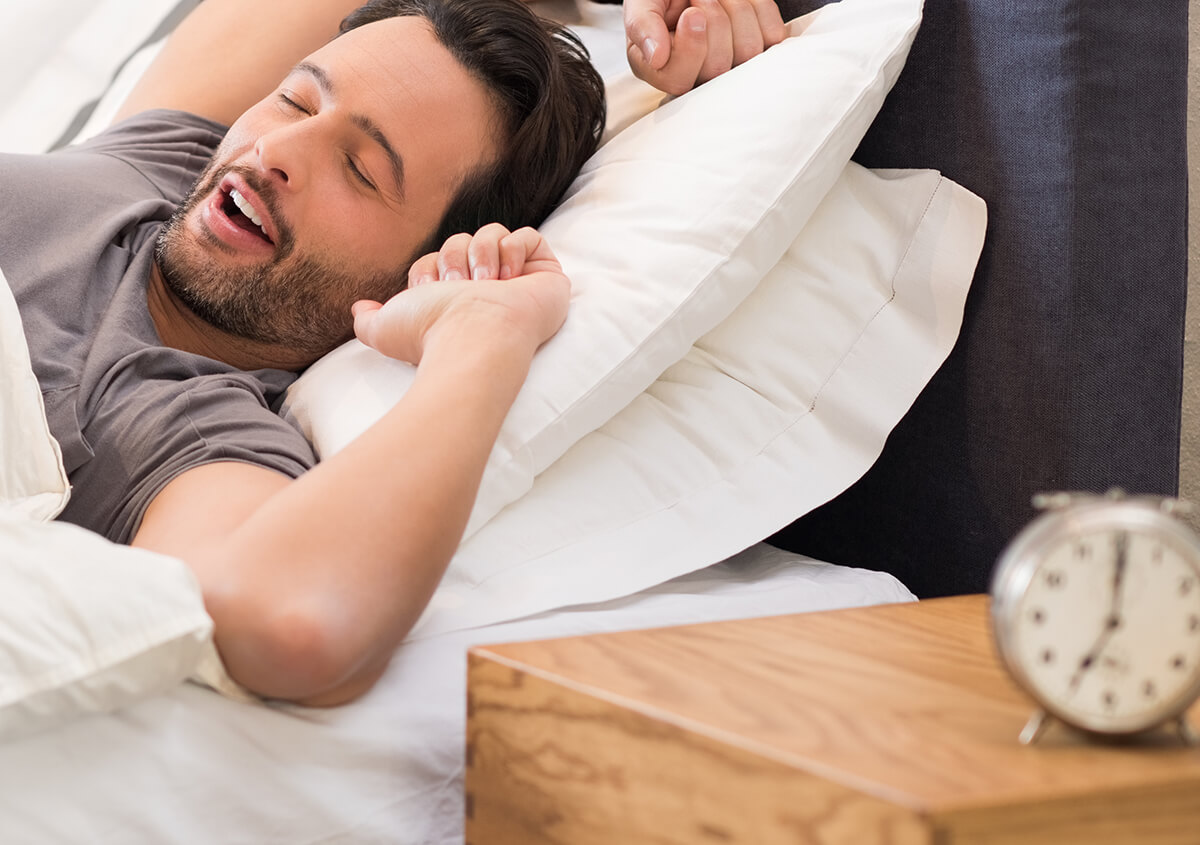Oral appliances for sleep apnea are easy to wear and an effective therapy
Home to upwards of half of the country’s population, the Quebec City-Windsor Corridor seemingly never sleeps. For almost 3 percent of our fellow Canadians, this statement is not hyperbole; they have difficulty staying asleep due to a type of disordered breathing known as “apnea.” Derived from the Greek “apnos,” apneic patients stop breathing when at rest for at least 10 seconds. As blood oxygen levels decline, the apneic awakens briefly, often with a snort or gasp. This process can repeat itself 30 or more times each hour. Dr. Giulio Spagnuolo of We Smile Dentistry in London, Ontario, gets great satisfaction from restoring patients’ quality, healthy rest in a convenient, discreet, no-hassle yet clinically proven way.
We all need restful sleep. Deep, uninterrupted rest supports cognitive function. Additionally, it aids in restoring energy, regenerating cells, boosting the blood supply, repairing soft and bony tissues, and bolstering immunity. Fragmented sleep does not support these restorative processes. It is not surprising that affected patients often experience drowsiness throughout the day. Due to fatigue, studies have linked sleep-disordered breathing to an increased risk of accidents on the road or at the workplace.
Apnea in its most common form, Obstructive Sleep Apnea, occurs when the muscles and tissues in the throat become so relaxed that they block the airway. Central Sleep Apnea arises when the apneic person’s brain does not send the correct signals to those muscles responsible for breathing during relaxed states. Some patients have “mixed” apnea or characteristics of both Obstructive and Central Sleep Apnea.
Treatment at the dentist’s office
Depending on the results of your sleep study, Dr. Spagnuolo may determine you are a good candidate for treatment with oral appliance therapy. Designed to fit the contours of your mouth, this lightweight prescription device slips over the teeth. It looks and feels like a retainer or nightguard. But oral appliances for apneic patients reposition the jaw and depress the tongue, which helps to keep the airway open. So, you can breathe freely and sleep without interruption through the night.
These appliances may be appropriate for patients with mild apnea or those who have not complied with Continuous Positive Airway Pressure (CPAP) therapy, the “standard” treatment for apnea. The CPAP machine effectively delivers air continuously to the patient via a long and flexible hose that connects to a nasal mask. When the mask is worn by the patient as directed, CPAP treatment is reliably effective. Therein lies the problem; some people never get used to the noise associated with the machine or with wearing the mask.
As an alternative to CPAP, oral appliance therapy is easy to wear, easy to care for, easy to clean, and easy to transport. It is also easier on your partner, who deserves regenerative, restful sleep too! Call (226) 605-0042 to schedule your appointment with Dr. Giulio Spagnuolo at We Smile Dentistry in London, ON.






